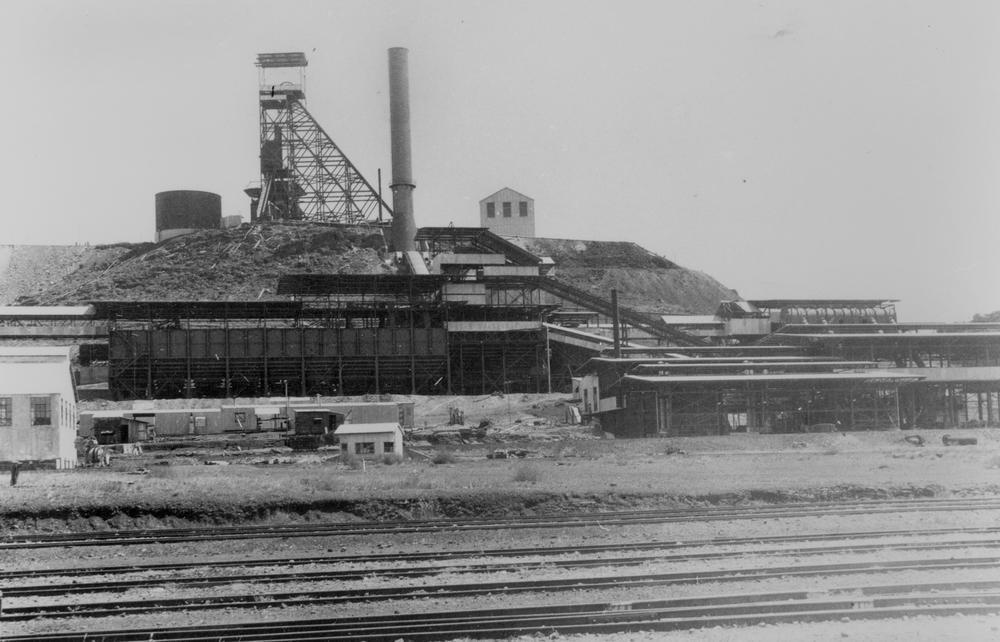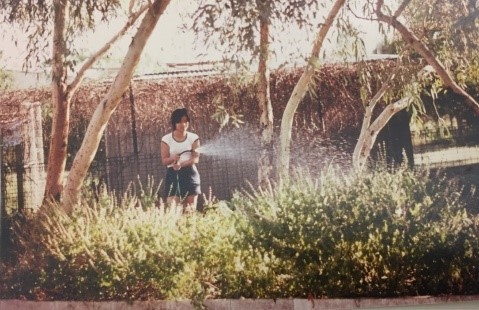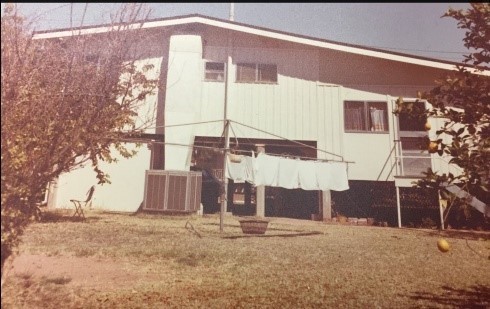I was born in Cambodia just outside the capital city of Phnom Penh. I came to Australia in 1975 as a student under the Colombo Plan scholarship and because of political turmoil in Cambodia I was prevented from returning. I became a migrant.
In 1976 I went to Mount Lawley College of Advance Education in Perth to train to be a teacher, living on Austudy allowance.
Realising my cultural and linguistical inadequacy (I didn’t know how to play baseball, or the art of paper-mache), I moved to Sydney in 1977 to study the Library Technician Course at TAFE in Ultimo, N.S.W. I came to Sydney via the Indian-Pacific Rail at a grand cost of about $120.00 including food and a sleeping berth. My arrival in Sydney was marked by the Granville train disaster on 18th January.
In Sydney I met Sarum, another Colombo Plan student studying at the University of Newcastle, N.S.W. We met at Cambodian community events and we got married at the end of 1977. We had our traditional ceremonies at our rental property in Bondi, and we obtained the monks’ blessing at the Thai Pagoda in Sydney.
In 1978 and 1979 I attended Newcastle TAFE, finishing my Library Technician Course, and worked as a Library Technician at Auchmuty Library, University of Newcastle.
In 1980 we moved to Mount Isa. This was our quest to settle down in our adopted country. Sarum joined the exploration team of Carpentaria Exploration Company (CEC) as a Geologist to explore the areas around McArthur River for mineral ore deposits.

We arrived safely in Mount Isa in early January 1980, after several days of driving from Newcastle through flooded and muddy roads. We managed to avoid the Horror Stretch in Queensland between Marlborough and Sarina due to major flooding which cut off the main highway to Sarina.
The first couple of weeks in Mount Isa was spent in Dalpura Motel, not far from the town centre. Whilst staying in the motel I was invited to a morning tea by a Jehovah’s Witnesses lady who worked at the motel. It was a very kind gesture as I did not know anybody in Mount Isa.
Afterwards the company found us a rental property and the rent was heavily subsidised to about $16.00 per week including all maintenance, a bonus for living in the outback.

I found myself in an environment that was hot and isolated from other cities. Every house was well air-conditioned. However, I soon obtained a driving licence and a position in Mount Isa Public Library.
The library actively participated in local events to promote their collections and services. In 1981 the library’s float depicted the theme from Peter Pan and the motto was “Get Hooked on Books”. Each staff dressed up as a character from the book. We also participated in Mount Isa’s first Australia Day Celebration in 1981, experienced the romance of the Australian Outback at the Rotary Rodeo arena, had picnics at Kalkadoon National Park, visited the Irish Club, the Boat Racing Club, the market garden, etc.
I have pleasant memories of our outings with friends to Mica Creek, Lake Julius Dam, Warrigal Waterhole, Indigenous rock painting, and Lake Moondarra.

Our unexpected move from Mount Isa in 1982, 6 months after the birth of our first son at Mount Isa base Hospital, posed a big challenge to our quest for a sense of continuity and prevented me from broadening my knowledge and understanding of the local indigenous people, the Kalkadoon. At that time indigenous people were kept within reserves away from the wider community. Mount Isa City Council administered two reserves, Yallambee and Orana Park.
The Kalkadoon people are the traditional peoples of the Mount Isa region. Their land was said to stretch west of Cloncurry to Mount Isa; south to Duchess and Selwyn Range; at head of the Cloncurry River; and north to Glenroy. Their language was Kalkatungu and included a sign language. To find out more about the language view the Kalkutungu language video.
State Library of Queensland is actively participating in the International Year of Indigenous Languages. Discover Aboriginal and Torres Strait Islander languages through State Library. There is an interactive map on the diverse Queensland Aboriginal and Torres Strait Islander languages. Here you can locate the Kalkatungu language as well as many others. State Library also holds various resources on Aboriginal and Torres Strait Islander languages and they can be searched using our One Search catalogue.
Leang Peou
Librarian, Information Services
Some resources on the Kalkutungu language:
Kalkutungu language video - View online
The Kalkadoons : a study of an Aboriginal tribe on the Queensland frontier / by R.E.M. Armstrong. J 994.089 ARM. Open access, level 4
A brief description of the Kalkatungu language / Barry Blake, GSC 499.15 1967, in storage, request and collect from level 3.
State Library blog - 2019 International Year of Indigenous Languages ‘Word of the Week’: Week Seven
More information
Exhibition Spoken: celebrating Queensland languages
(starting 21 November 2019) - /whats-on/spoken-celebrating-queensland-languages
Aboriginal and Torres Strait Islander languages - /discover/aboriginal-and-torres-strait-islander-cultures-and-stories/languages
One Search -
http://onesearch.slq.qld.gov.au/
Ask Us -
/plan-my-visit/services/ask-us
Comments
Your email address will not be published.
We welcome relevant, respectful comments.